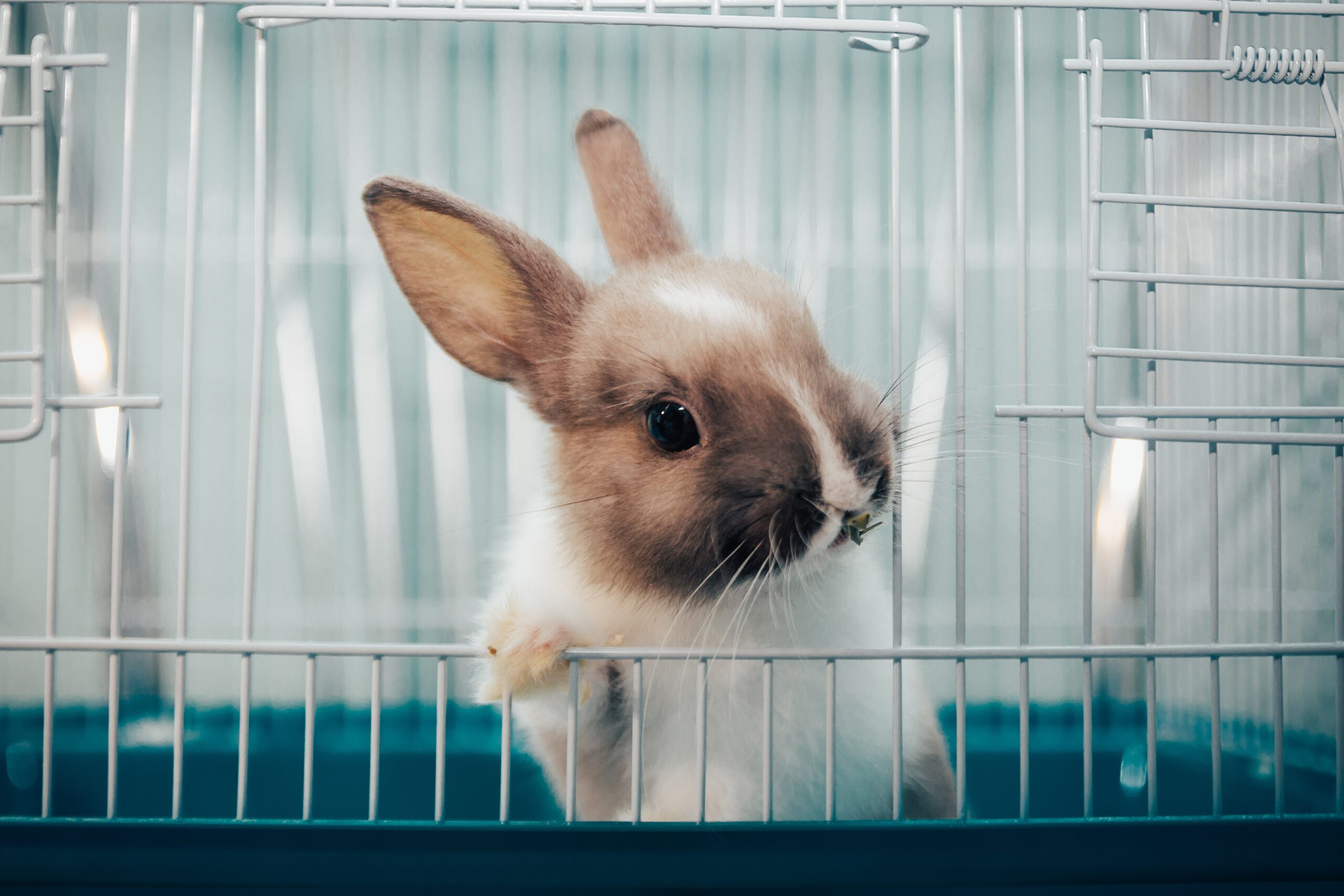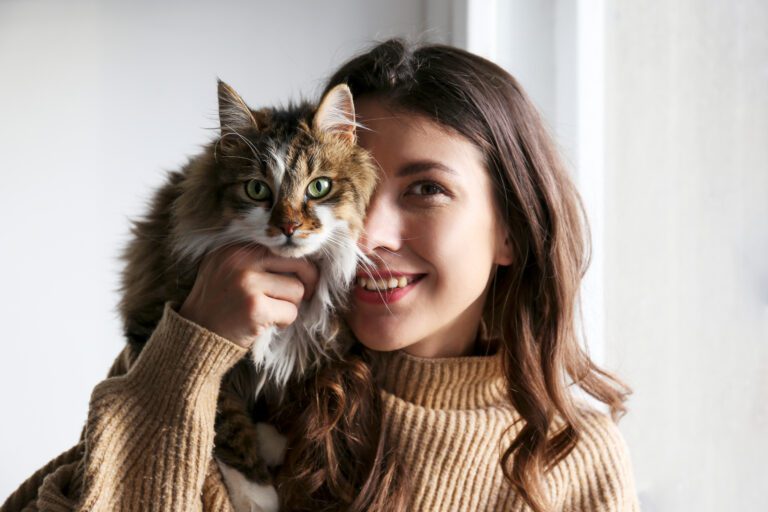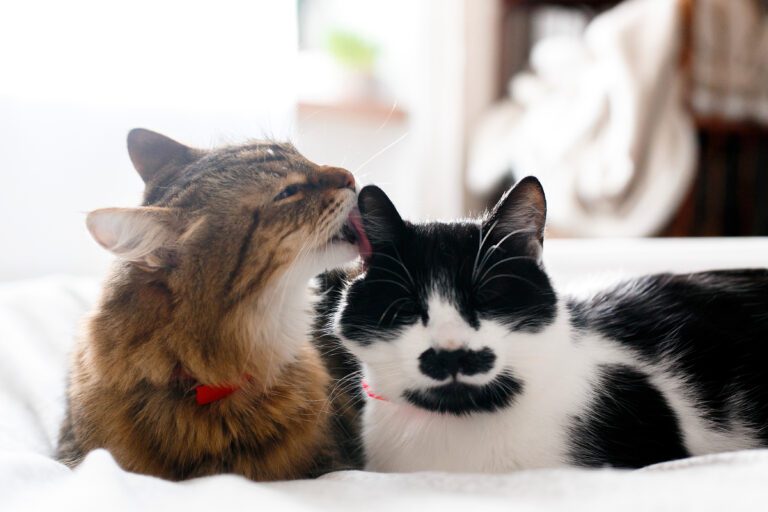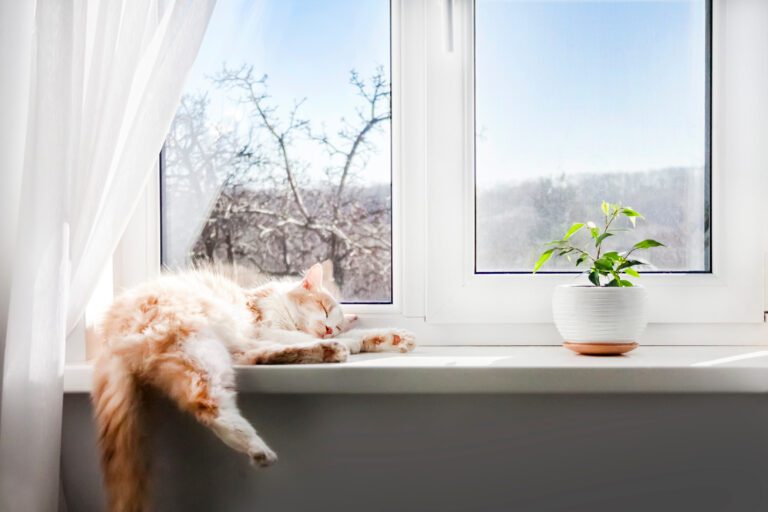Bringing a rabbit into your home is an exciting and rewarding experience. These adorable, furry creatures make fantastic companions, but as responsible pet owners, it is crucial to provide them with a safe and comfortable living environment! One of the primary considerations in creating a rabbit-friendly space is selecting the right-sized cage. In this blog post, we’ll explore the importance of cage size for your rabbit’s well-being and discuss guidelines to ensure you choose the perfect home for your new hoppy friend.
Understanding the Need for Adequate Space
Rabbits are naturally active animals that require room to hop, run, stretch, and explore. Confining them to a small, cramped cage can lead to a host of physical and behavioral problems. Limited space can restrict their movements, cause stress, and ultimately result in health issues such as obesity, muscle atrophy, and even depression. To avoid these problems, it is crucial to provide a cage that allows your rabbit to engage in natural behaviors and live a happy, healthy life.
Determining the Ideal Rabbit Cage Size
The size of the cage largely depends on the breed and size of your rabbit. Generally, it is recommended to follow the guideline of providing at least four times the length of your rabbit in living space. This calculation includes both length and width dimensions, as rabbits also require sufficient lateral movement. However, keep in mind that more space is always better, and if you have the means to provide a larger enclosure, your rabbit will undoubtedly benefit from it.
Additional Considerations:
- Height: While floor space is important, rabbits also need vertical space to stand on their hind legs and stretch upwards. Ensure that the cage has enough height to accommodate this behavior comfortably.
- Multiple Levels: Consider providing a multi-level cage or incorporating ramps and platforms within the enclosure. This allows rabbits to exercise their natural inclination to climb and explore different levels, providing mental stimulation and variety in their environment.
- Exercise Area: In addition to a spacious cage, it’s vital to allocate time for your rabbit to exercise outside the enclosure. A rabbit-safe room or a securely fenced area in your backyard can provide the necessary opportunity for daily physical activity.
- Accessories and Hideouts: Your rabbit’s cage should include essential accessories such as a litter box, food and water bowls, and chew toys. Additionally, provide hiding spots and cozy resting areas within the enclosure to mimic their natural burrowing instincts.
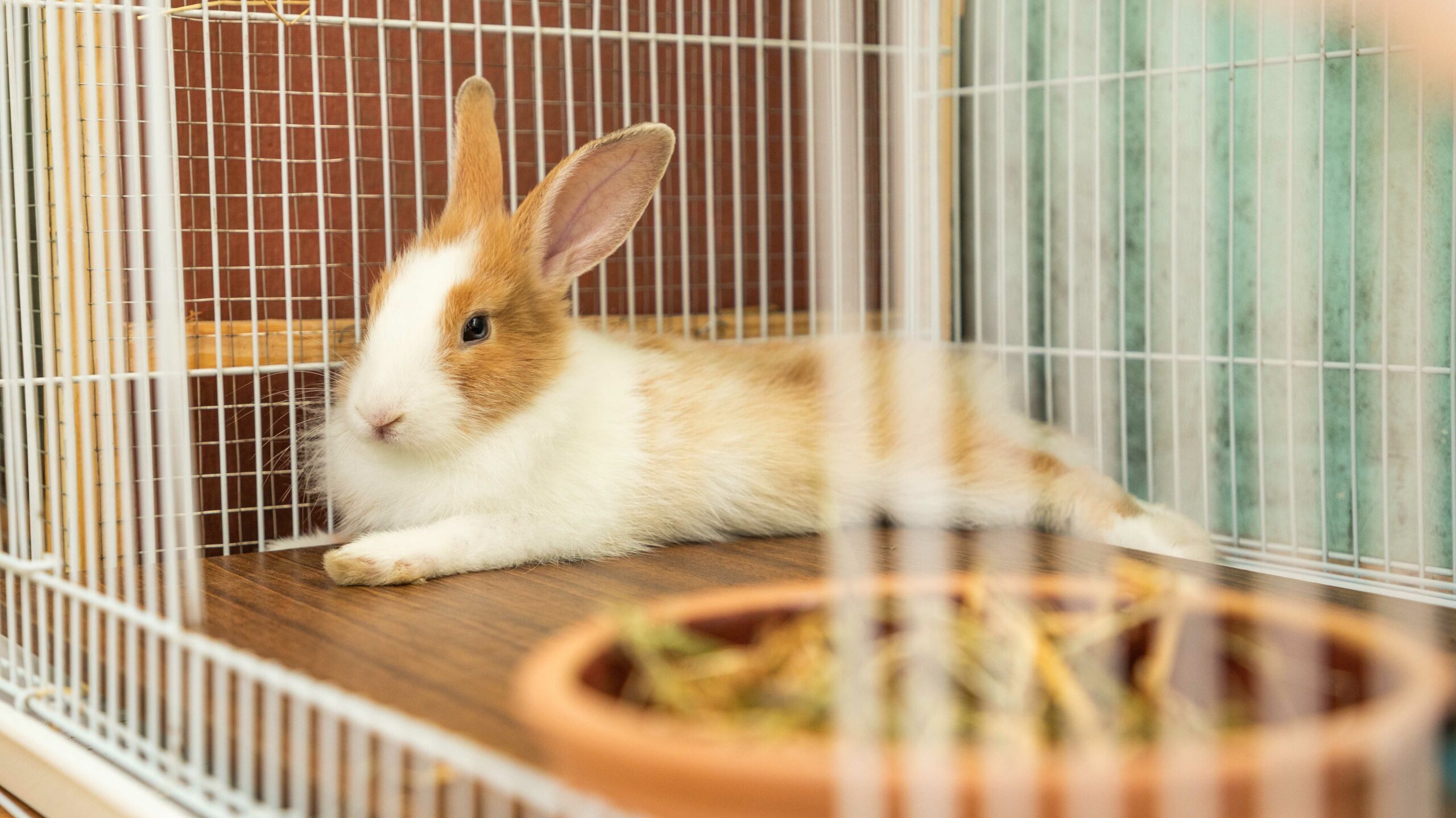
Rabbit Cage Maintenance
Maintaining a clean and hygienic living environment is crucial for your rabbit’s health. Regularly clean the cage, removing soiled bedding, and replacing it with fresh material. A well-maintained cage not only prevents the buildup of harmful bacteria but also ensures your rabbit’s comfort and well-being.
Selecting the appropriate cage size for your rabbit is a vital aspect of responsible pet ownership. By providing your furry friend with ample space to move, explore, and exhibit natural behaviors, you are not only promoting their physical health but also nurturing their mental and emotional well-being. Remember, a happy and content rabbit is a result of a spacious and enriching environment. So, make sure to invest in a cage that allows your beloved pet to thrive and live their best bunny life.



